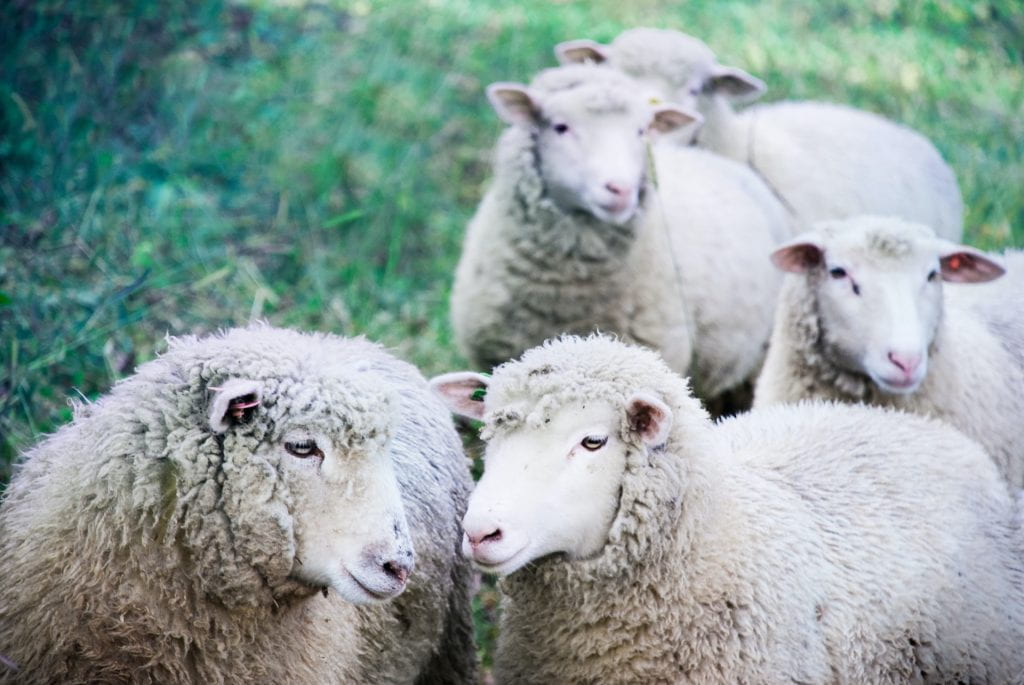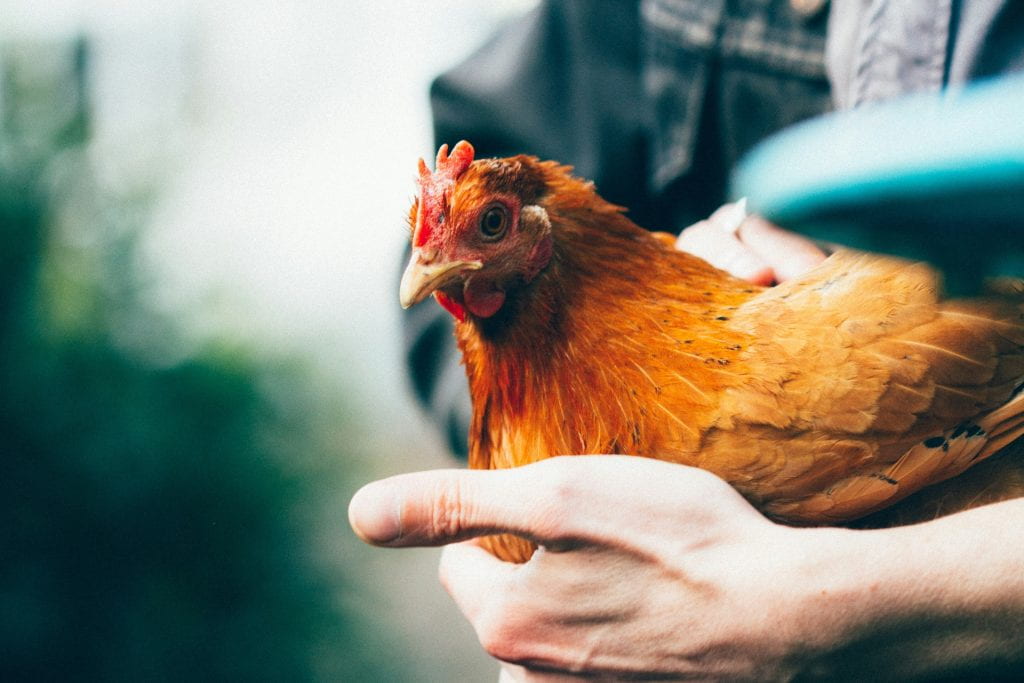Research Overview
Our research program addresses three overarching questions:
- How do individuals perceive and respond to disease threats?
- What influences the decision to implement disease prevention and control measures?
- How can we better facilitate the use of preventative medicine to improve health outcomes?
We also have several new research avenues related to pedagogy, epidemiology education, and agricultural extension. Stay tuned!
Current Projects
Click on a picture to be taken directly to a description of each project. You can also read all project descriptions below.
Project Descriptions
Preventing tick bites and tick-borne diseases among companion animals
Tick bites and exposure to tick pathogens are a growing health concern for companion animals, since changes in climate have led to increased tick expansion across Canada. This research will use a One Health approach to determine the main motivators for, and barriers to, the use of tick preventative measures among pet caregivers. This project has two phases: first, a survey to collect data on pet caregivers’ knowledge and use of tick preventative measures, and second, qualitative interviews with pet caregivers to explore decisions to use (or not use) preventative measures. The results of this study will be shared with pet caregivers and veterinarians to increase the use of preventative measures for tick-borne diseases.
Key collaborators: Sarah Makepeace (MSc student) and Dr. Katie Clow.
Funding: OVC Pet Trust
Preventing pathogen transmission during human-animal interactions
Animal-assisted activities provide wide-ranging benefits to human health and well-being. However, scholarly research on the use of animals in end-of-life care settings (e.g., residential hospices and palliative care units) is almost non-existent, as are evidence-based policies, best practices, and guidelines to mitigate the health risks to humans and animals. This research focuses on the epidemiological considerations of animal visits in end-of-life care settings. We will investigate perceptions of risks associated with human-animal interactions and infection prevention and control practices in residential hospice contexts. Through this work, we hope to contribute to the development of evidence-based policies, guidelines, and best practices for mitigating the disease and welfare risks to animals supporting human populations.
Key collaborators: Peggy Pritchard (PhD student), Dr. Scott Weese, Dr. Jason Coe, and Dr. Lauren Van Patter.
Biosecurity practices among sheep and goat producers
Biosecurity practices on Ontario sheep and goat farms are highly variable, leaving these industries at risk of disease outbreaks. Pathogens can cause significant consequences for public health, animal health and welfare, and herd productivity. Despite the clear benefits of biosecurity practices, many are not implemented fully on sheep and goat farms. This research will investigate biosecurity perceptions and implementation on sheep and goat farms in Ontario. Using a mixed methods (qualitative and quantitative) approach, we will evaluate behavioural determinants for biosecurity use and their potential impact on the introduction and spread of diseases. We will also examine the effectiveness of current communication strategies regarding biosecurity, with the goal of identifying areas for improvement.
Key collaborators: Juliet Germann (PhD student), Dr. Charlotte Winder, and Dr. Lauren Grant.
Funding: Ontario Agri-Food Alliance, Ontario Sheep Farmers, Ontario Goat, Saputo Inc.
Biosecurity practices among backyard poultry keepers
Many people choose to keep chickens or other poultry in urban environments (often referred to as “backyard chickens”). While chickens can be a source of food and companionship, they also might pose increased risks of illness to humans and pets. This research examines the factors that influence disease spread between humans and backyard chickens. We will investigate the use of biosecurity practices such as isolation, vaccination, cleaning, and disinfection within these settings. We will focus on the influence of human behaviour on patterns of disease spread, and specifically, how the biosecurity practices that humans choose to use (or not use) impact disease transmission.
Key collaborators: Breanne Murray (MSc student), Dr. Amy Greer (Trent University), and Dr. Katherine Paphitis (Public Health Ontario).
Funding: Natural Sciences and Engineering Research Council of Canada
Access to veterinary services among bison producers
Bison are a less widely farmed species and require different veterinary care compared to other bovine species. There are approximately 150,000 head of farmed bison on 980 farms across Canada, of which 35 are in Ontario. However, there are fewer veterinarians in Ontario who indicate they treat farmed bison compared to other bovine species. We know little about bison producers’ herd management needs and whether these needs are being met by veterinary service providers. If bison producers lack access to veterinary services, it may negatively impact bison health and welfare. This research aims to explore the current access to veterinary services for bison producers, identify any barriers to accessing veterinary services, and determine how this may impact bison health and management practices.
Key collaborators: Natassia Lambrou (MSc student) and Dr. Charlotte Winder.
Identifying core competencies for epidemiologists
Epidemiologists entering the workforce must be prepared to address emerging health challenges. However, limited research has examined whether epidemiology-specific competencies exist, if they meet the needs of the current job market, and if they are included in Canadian graduate program curricula. This exploratory study aims to identify the competencies required of epidemiologists in the workforce and assess the alignment of these competencies with graduate program objectives. The findings of this study will contribute to improving epidemiology education, ensuring that new graduates are well-prepared for the increasingly demanding epidemiology workforce.
Key collaborators: Karli Chalmers (BSc student)








